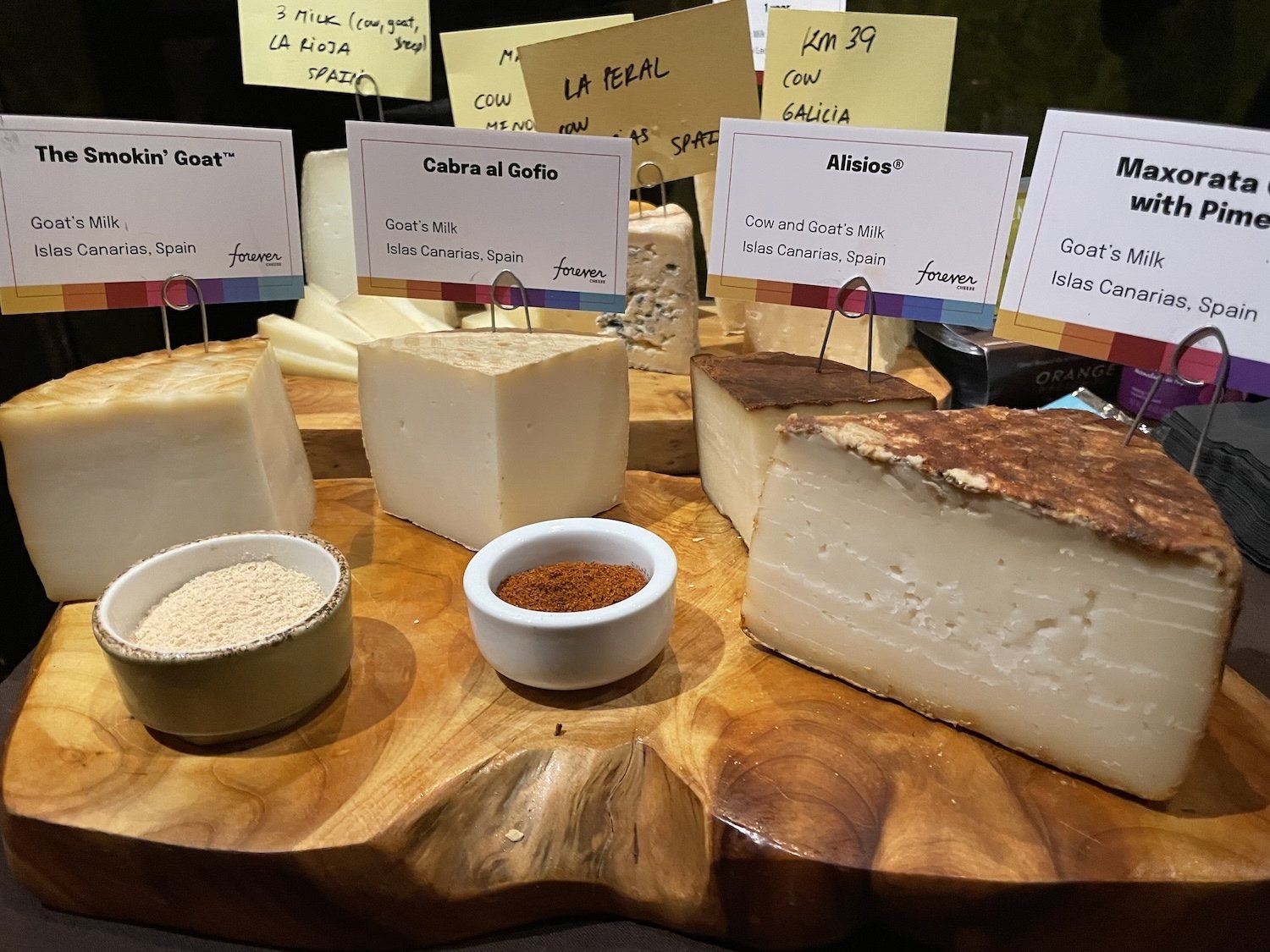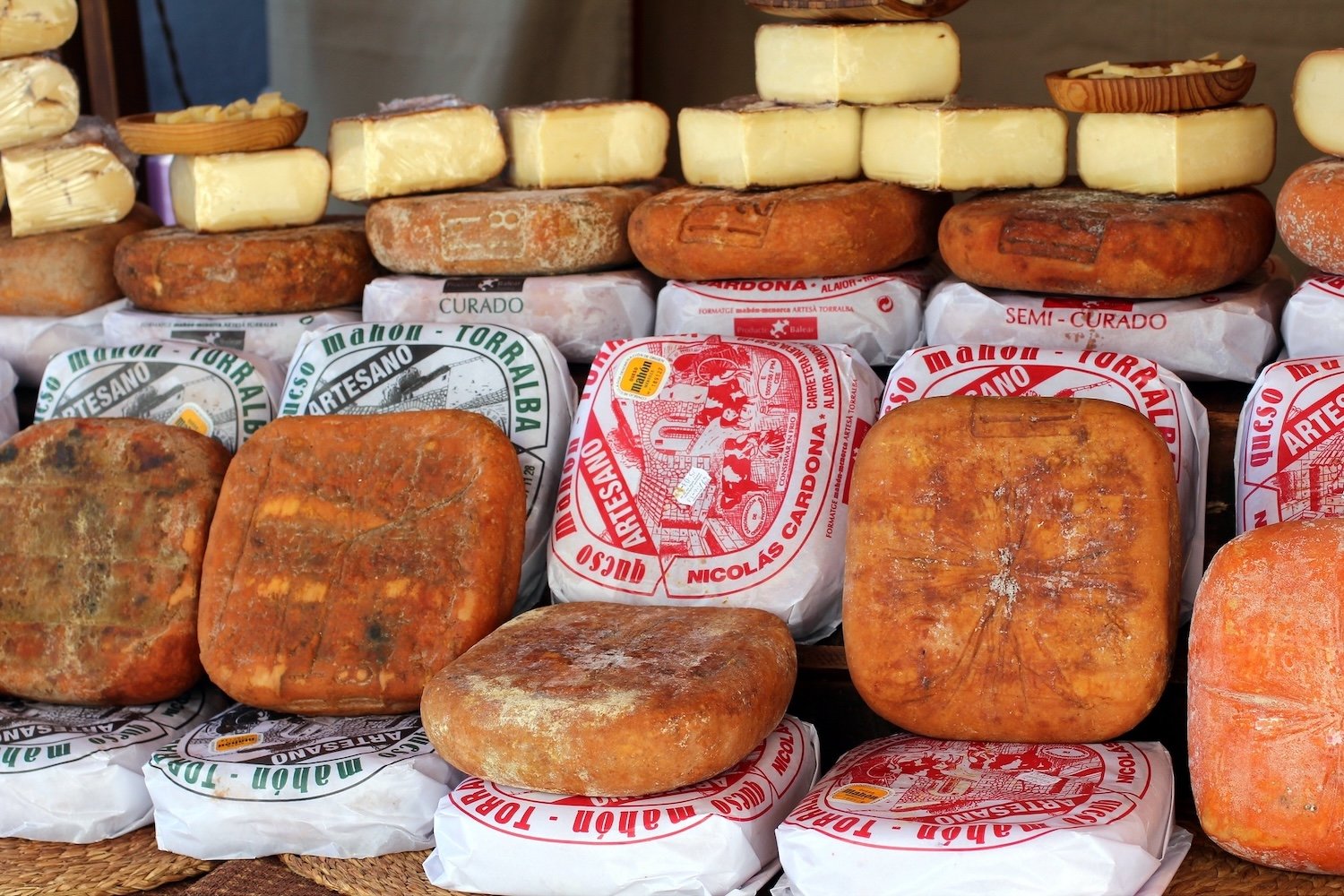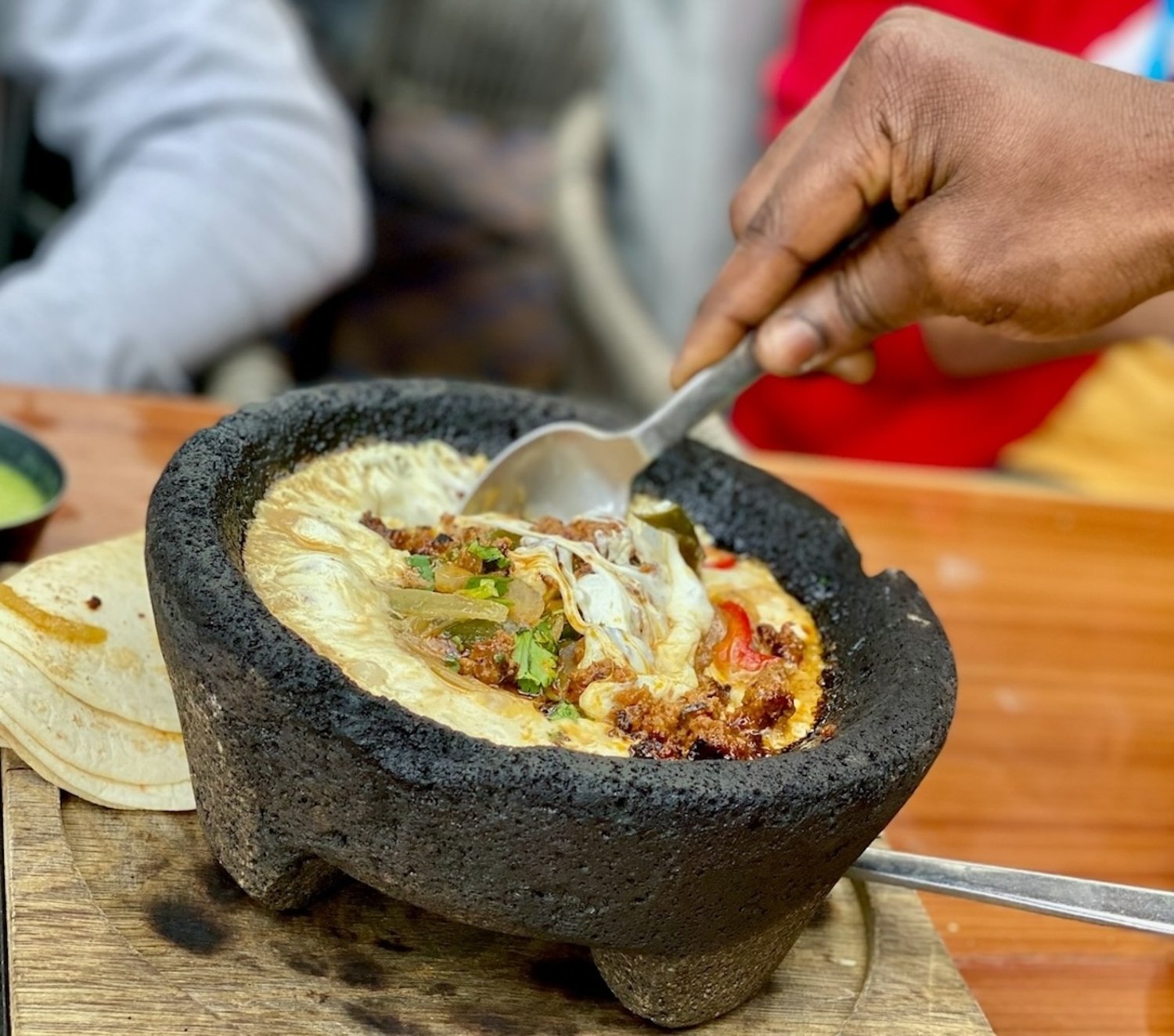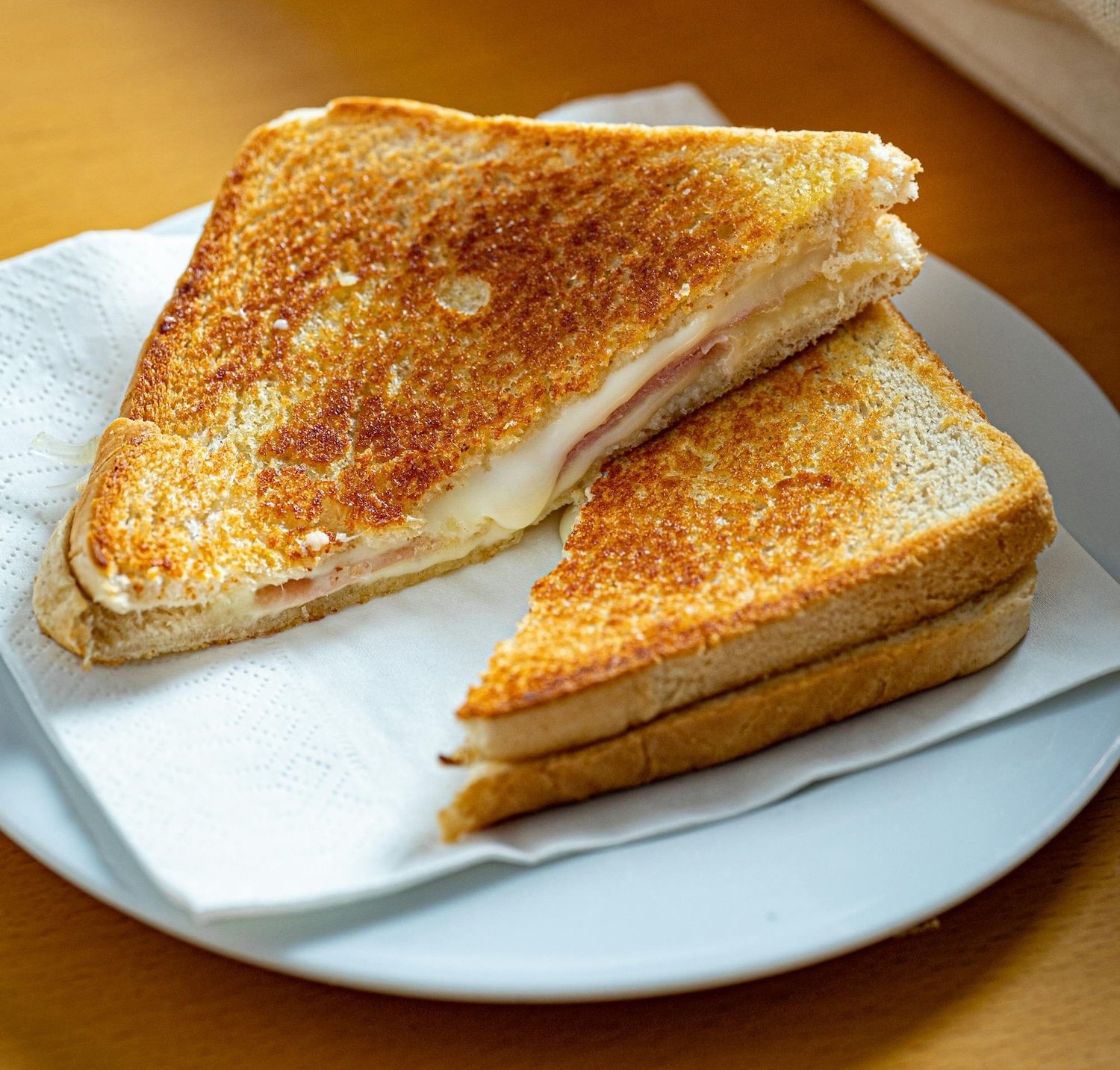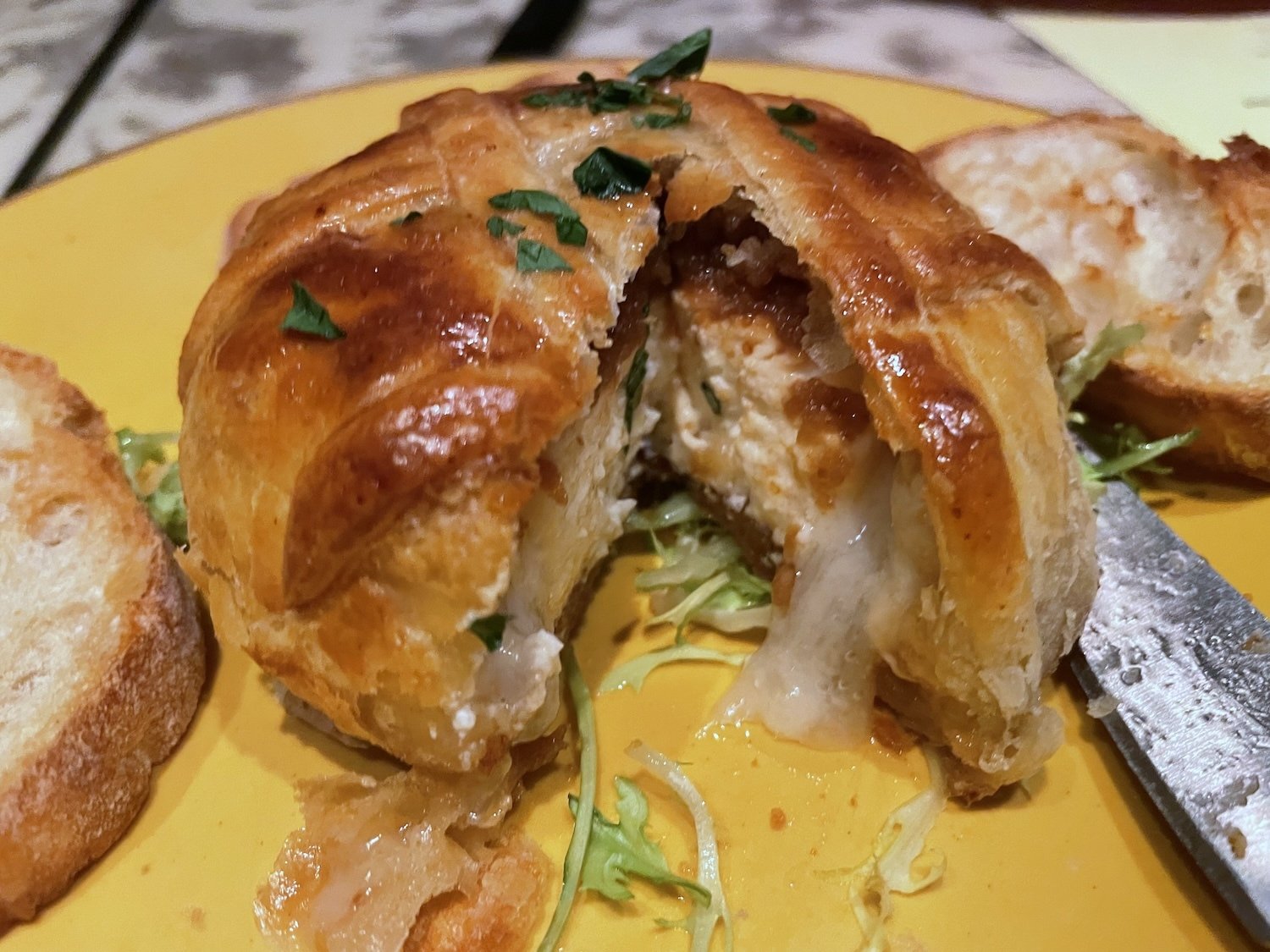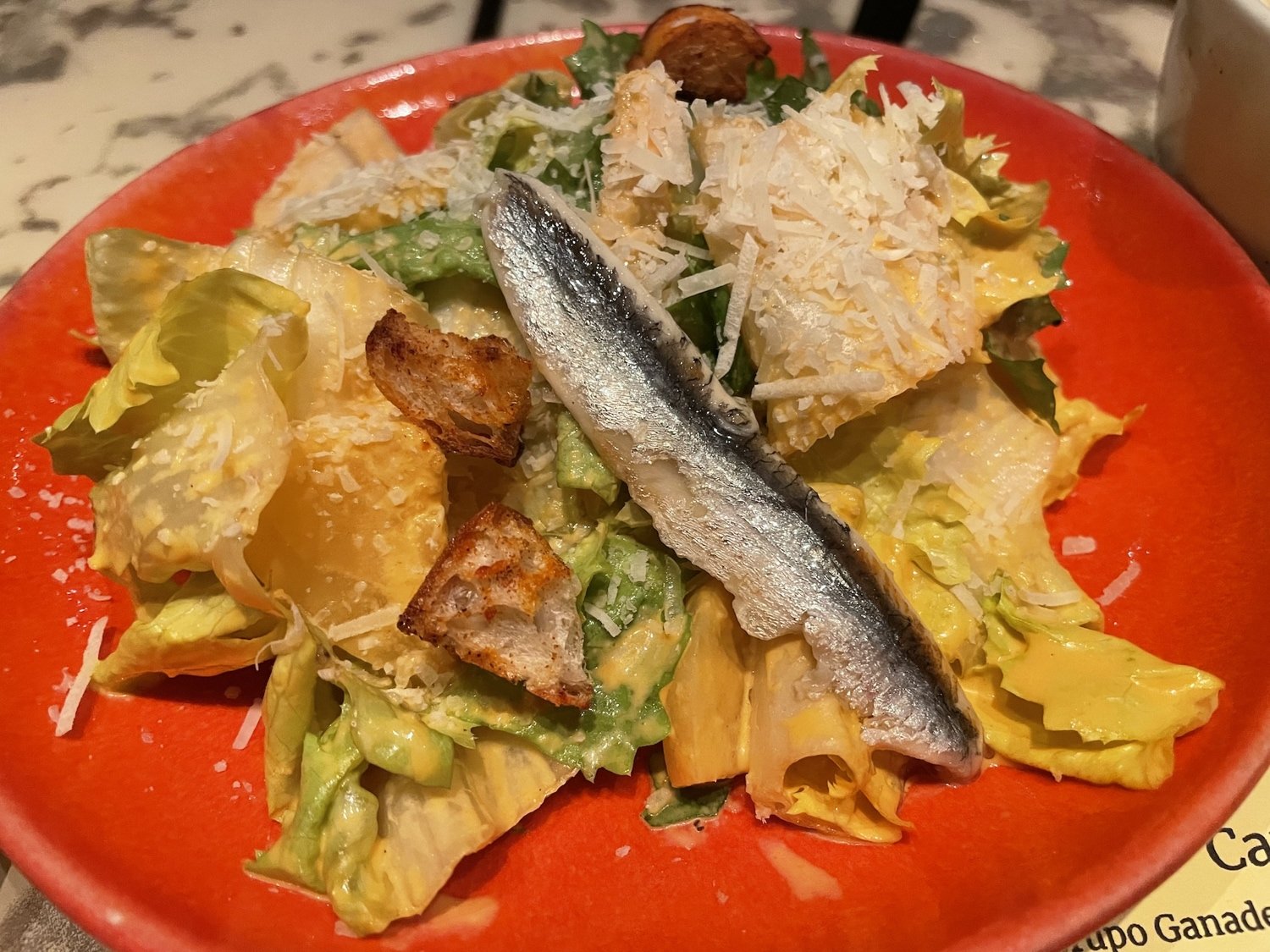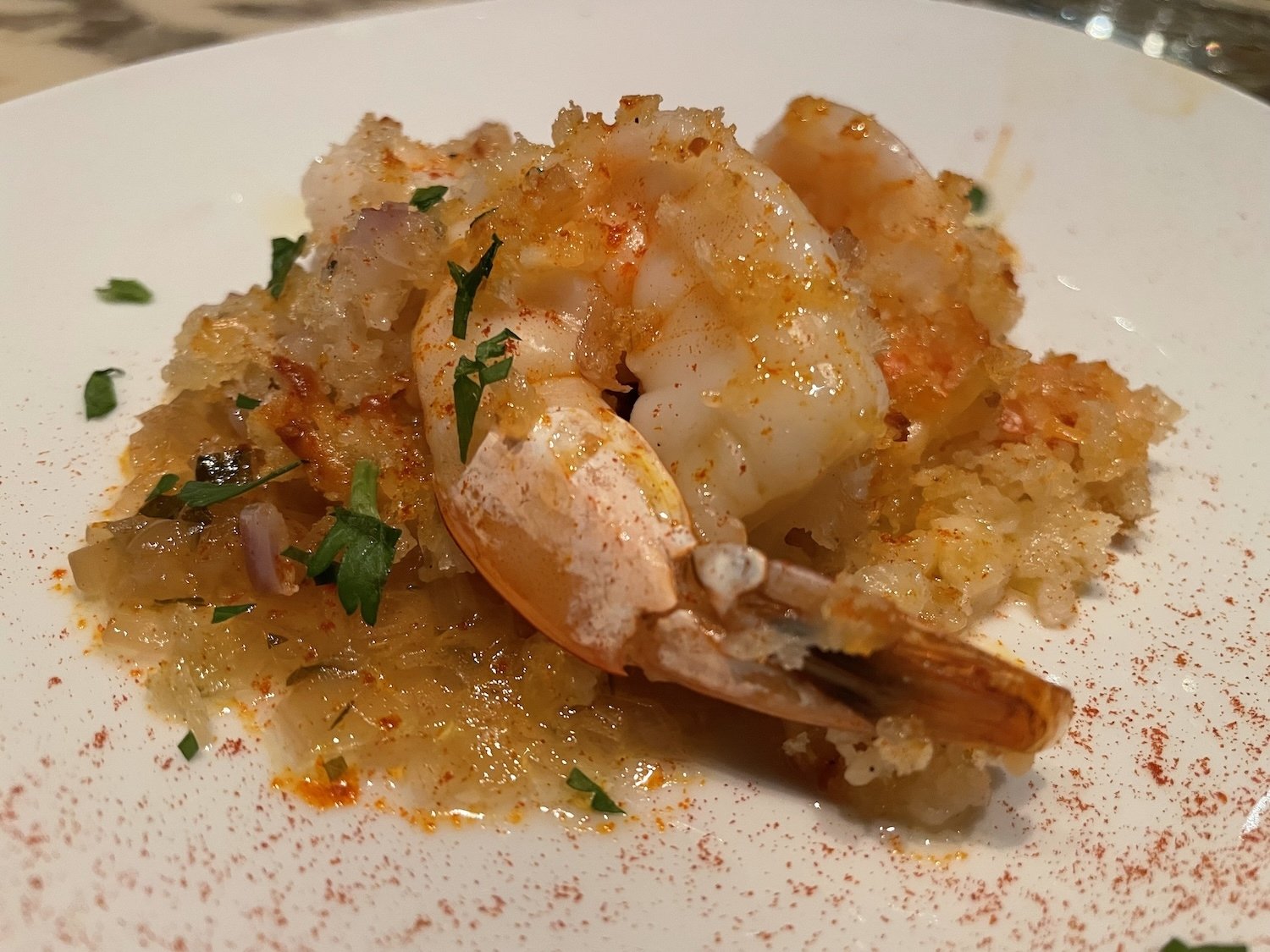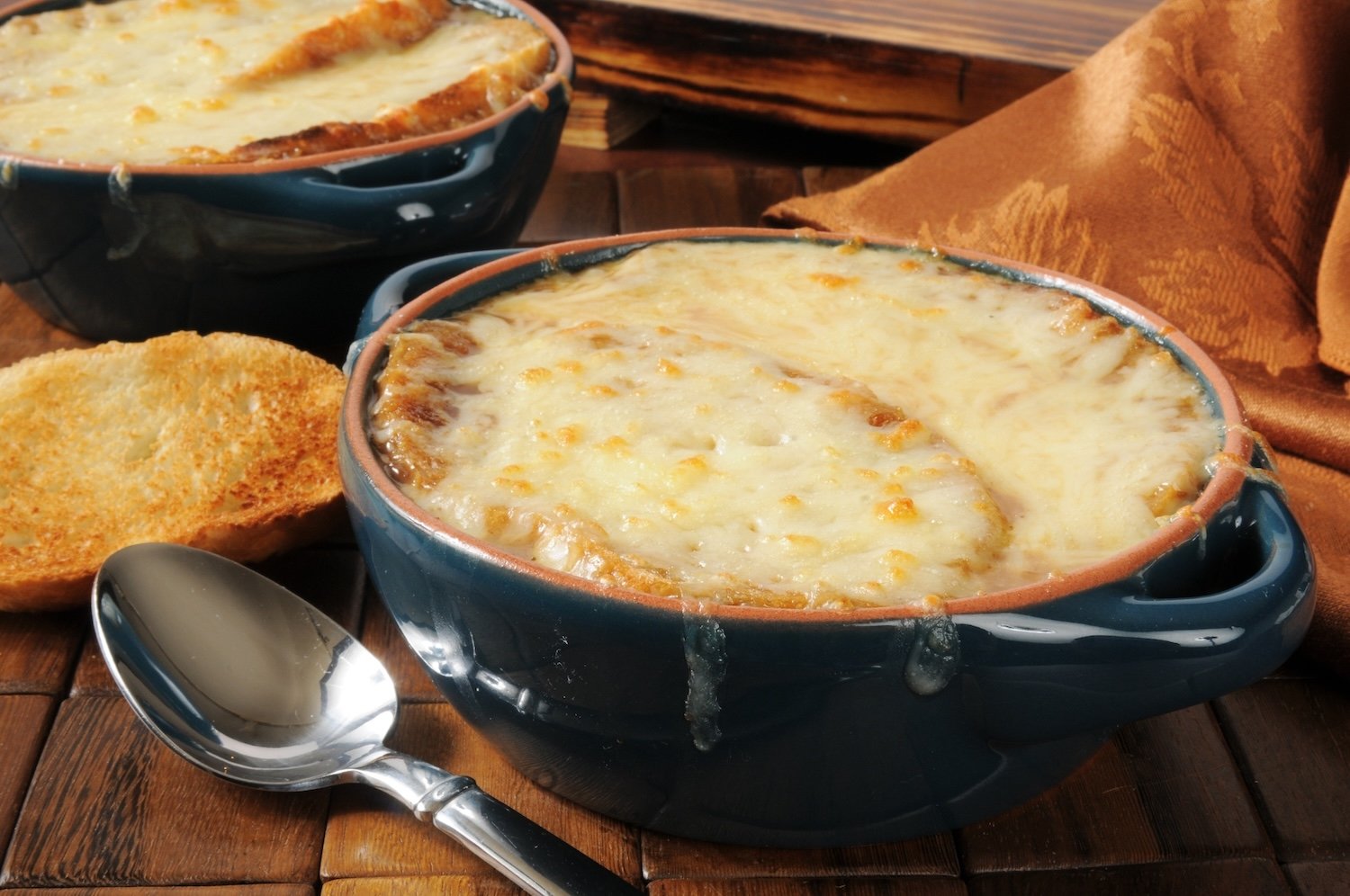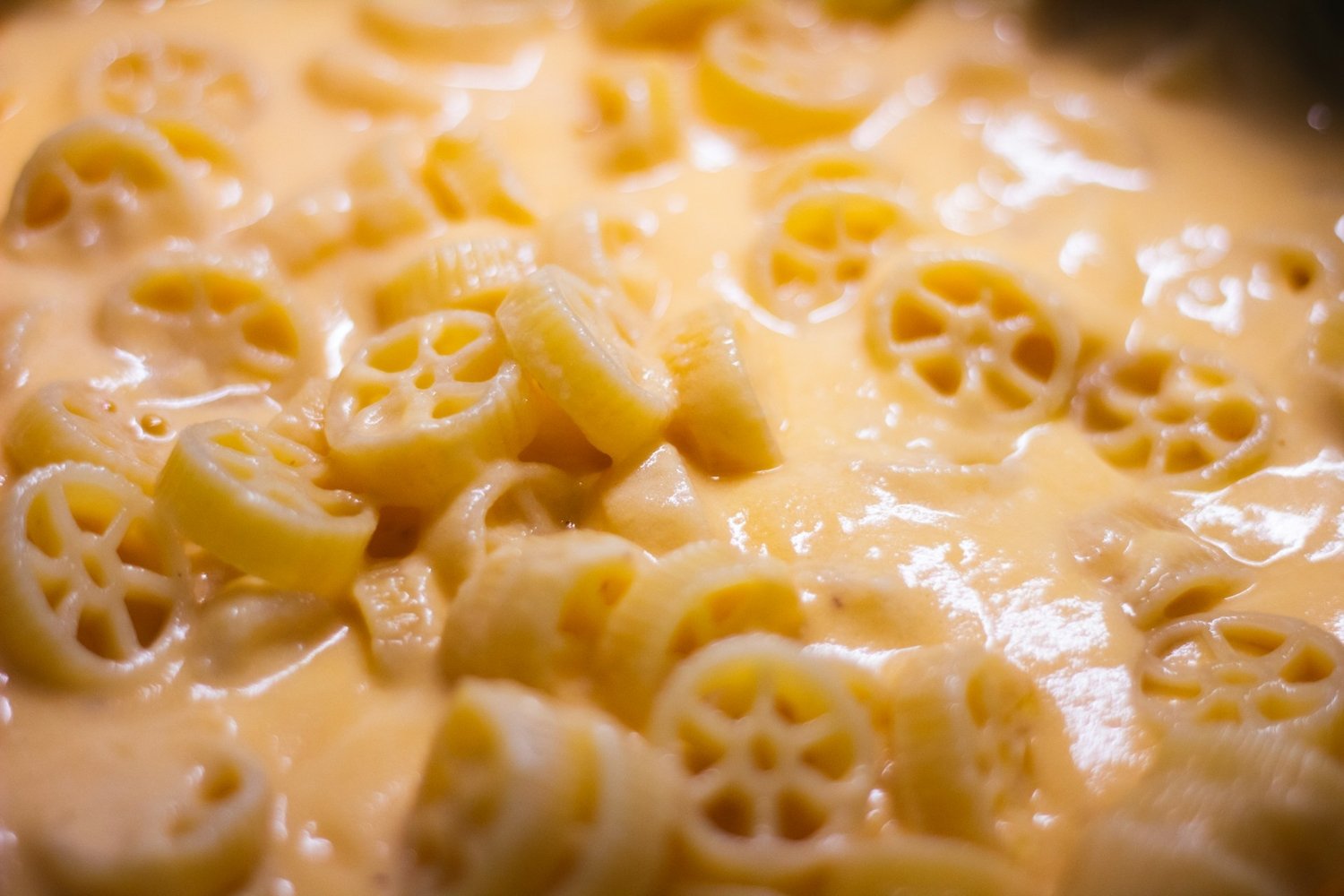Why You Should Cook With Spanish Cheeses
Spanish cheeses
What are your go to cheeses for cooking? Lots of recipes call for Cheddar, French cheeses such as Comte, and Swiss Alpine style cheeses like Emmental are popular too. Or perhaps you cook Italian food with ricotta, mozzarella or Parmigiano Reggiano? If you're looking to branch out take a closer look at Spanish cheeses, even if you're not cooking Spanish food. We spoke with Mat Schuster the owner and chef of Canela Bistro and Wine Bar, a Spanish restaurant in San Francisco to learn how to best use Spanish cheeses in the kitchen. Read more about Spanish cheeses.
Why Cook with Spanish Cheese?
Mahon
Spanish cheeses can be used in many ways and offer an unexpected twist to familiar recipes. Schuster shares that the appeal is in trying something new, something your guests haven’t had before. If you're not sure where to start, Schuster suggests Mahon, "A lot of Spanish cheeses have paprika or olive oil on the rind, they are the original cave aged cheeses," he explains adding, "Mahon is a super traditional cheese. It has flavor not only from the cheese, but the rind. The breeds used to make it are different too, and it is easy to love. A young Mahon melts really well for sandwiches or empanada and in a bechamel." Now that's a versatile cheese.
Spanish Cheeses for Cooking & Entertaining
When asked to pick a few more go to cheeses, Schuster shares, "I really like the Cana de Cabra and Cana de Oveja (both similar to the French cheese Bucheron). Manchego is a cheese everyone knows but another similar one, Tetilla PDO, is not as well known. Manchego and tetilla are kind of like cousins. Tetilla, Spanish for teat, refers to the shape. Arzúa-Ulloa PDO is a flat disk, both are really soft and young, and the rinds are like the consistency of fondant, they are cow’s milk but tangy and yogurt-y and melt really well." Read more about PDO and other geographical indication cheeses.
Cheese Swaps
One easy way to change things up is by swapping a more well-known cheese for a lesser-known Spanish cheese. In place of Parmigiano Reggiano, Schuster suggests Castellano, a hard pasteurized sheep's milk cheese. For Brie or Camembert, he suggests, Torta del Casar PDO a creamy raw sheep's milk cheese, especially if you like a soft, stinky cheese.
To add some peppery zip, Schuster suggests paprika cheeses such as Mahon or Alisios from the Canary Islands, which share the same sharpness or smokiness of Gouda or Cheddar. Read more about Canary Island cheeses.
Dishes
We asked Schuster for some easy ways to change up classic recipes using Spanish cheeses. Here are his suggestions:
Fondue or Fundido
Fundido
"Drunken goat is a really good one, you can melt it for a Spanish style fundido."
Grilled cheese sandwich
Grilled cheese sandwich
Again, Drunken goat. "It’s also good on a sandwich, pressed or grilled cheese. It adds more flavor than you think it will!"
Puff pastry appetizer
Puff pastry appetizer
Cana de Oveja is a soft sheep's milk cheese formed into a log like the French goat's milk cheese Bucheron. Unlike fluffy chevre, the dense paste of Cana de Oveja is crumbly but still rich and creamy.
Salad
Salad
Castellano – Similar to Manchego, this cheese can be thinly shaved or shredded.
Seafood
Shrimp
"Alisios is nice because it goes well with onions, garlic, thyme and panko so you can use it to bread prawns. I think the thing to remember is to be a little delicate and complimentary, it’s more delicate so don’t overwhelm it. melted in, in a sauce not big chunks, but try it in a bechamel over lobster or crab."
Onion Soup
French onion soup
How about a sheep’s milk cheese Spanish version of a French onion soup with lots of caramelized onions, garlic and paprika? Schuster shares that he uses a young sheep’s milk cheese, loaf style called La Riojana to make cheese croutons on top of the soup.
Cheese Sauce
Cheese sauce and pasta
Adding Mahon to a bechamel will yield a brilliant sauce for macaroni.
Appetizer
Bacon-wrapped dates
Bacon wrapped dates with sheep’s milk cheese— tetilla or La Riojana a semi firm cheese that will melt but still hold its shape.

